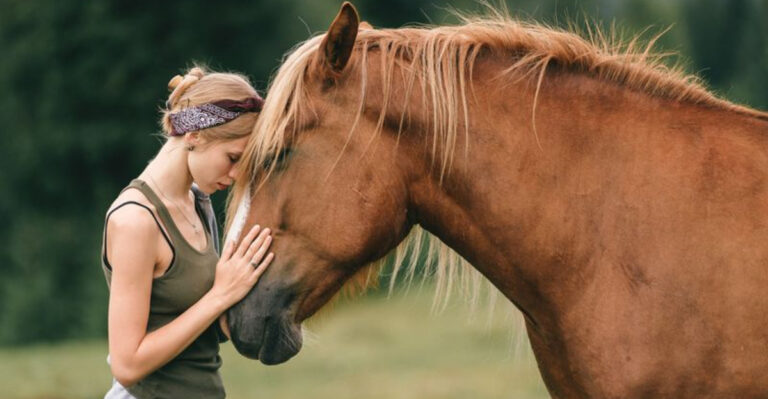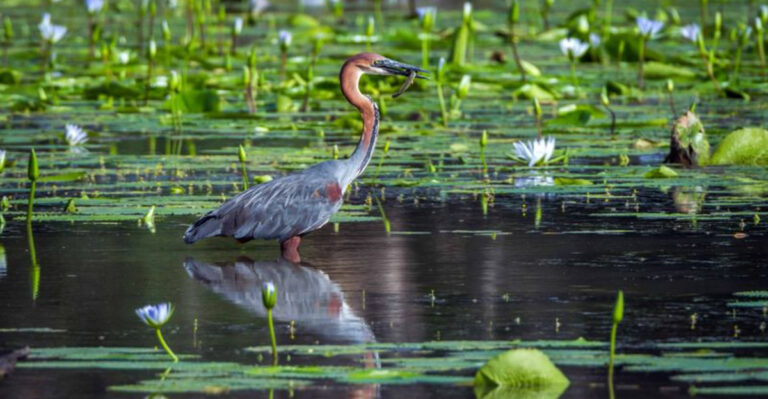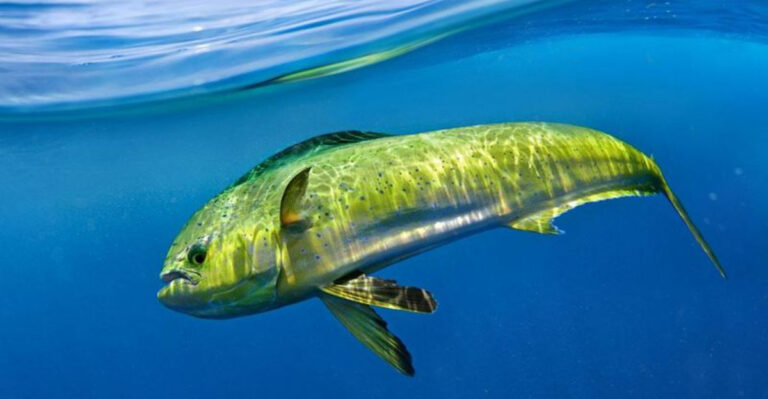15 Small Animals Frequenting Your Backyard That Should Be Left Alone
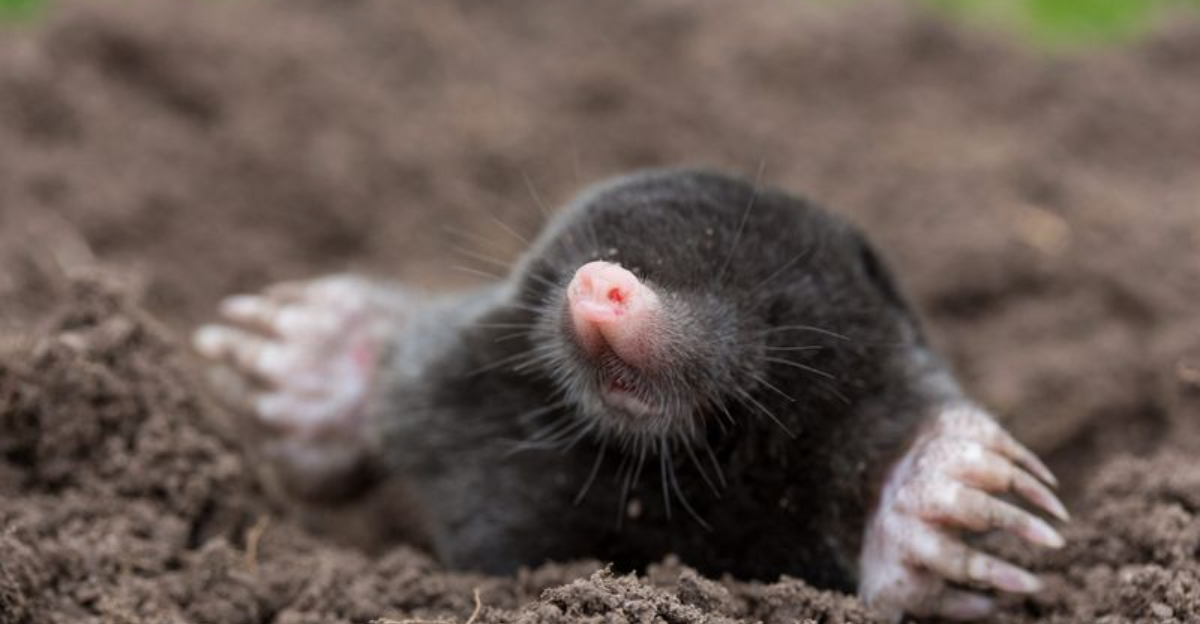
Your backyard is a bustling ecosystem filled with creatures that help maintain nature’s delicate balance. While it might be tempting to interact with these small visitors, most wild animals are better off without human interference.
Understanding which critters to admire from afar not only keeps them safe but also helps preserve their natural behaviors and your local environment.
1. Busy Little Bumblebees
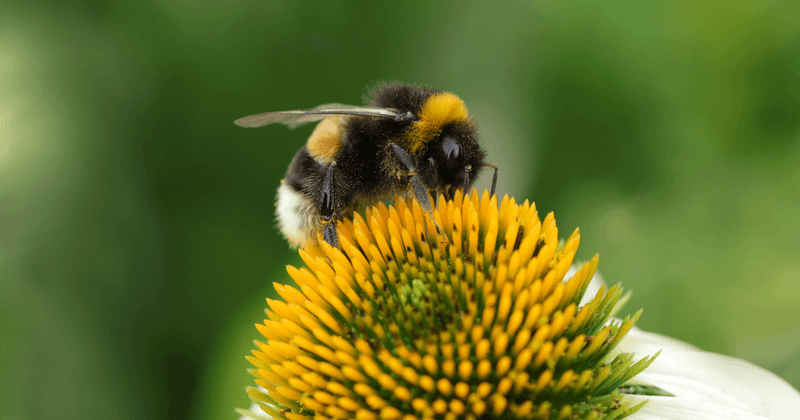
Ever noticed those fuzzy, buzzing visitors floating from flower to flower? Bumblebees might seem like they’re just hanging out, but they’re actually hard at work pollinating your garden.
Despite their gentle appearance, these insects are best admired from a distance. They’ll only sting when feeling threatened, so giving them space ensures both your safety and theirs.
2. Skittish Cottontail Rabbits
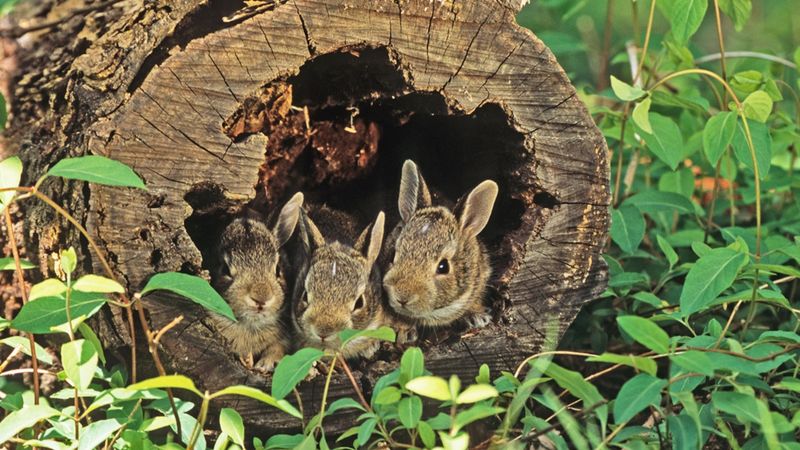
Those adorable fluffy tails bouncing through your yard belong to cottontail rabbits, nature’s nervous neighbors. These jumpy creatures have heart rates that can double in seconds when startled!
Approaching these bunnies causes extreme stress that can actually harm them. Wild rabbits aren’t pets – they carry ticks and fleas, and their powerful back legs can cause scratches if they feel cornered.
3. Masked Bandit Raccoons
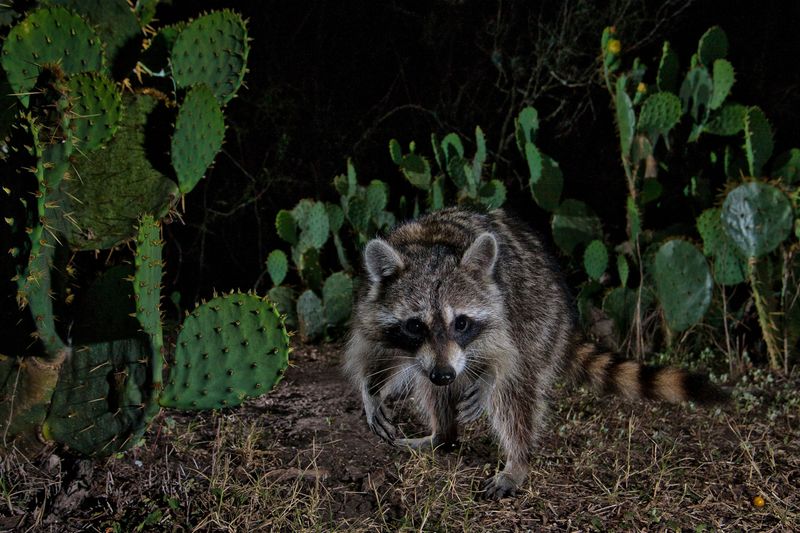
Under the cover of darkness, these clever nocturnal explorers with their distinctive black masks come searching for midnight snacks. Raccoons possess almost human-like dexterity with their front paws.
Though they might look cute, raccoons can carry rabies and roundworm. They become defensive when cornered, potentially scratching or biting. Keep garbage cans secured and never attempt to feed or pet these wild bandits.
4. Darting Garden Snakes

A flash of scales might send you jumping, but garden snakes are your allies against pests! These slender reptiles help control mice, slugs, and insect populations naturally.
Most backyard snakes in North America are completely harmless to humans. They’re actually quite shy and would rather slither away than confront you. Disturbing them disrupts their important role in your garden’s ecosystem.
5. Spiny Hedgehogs
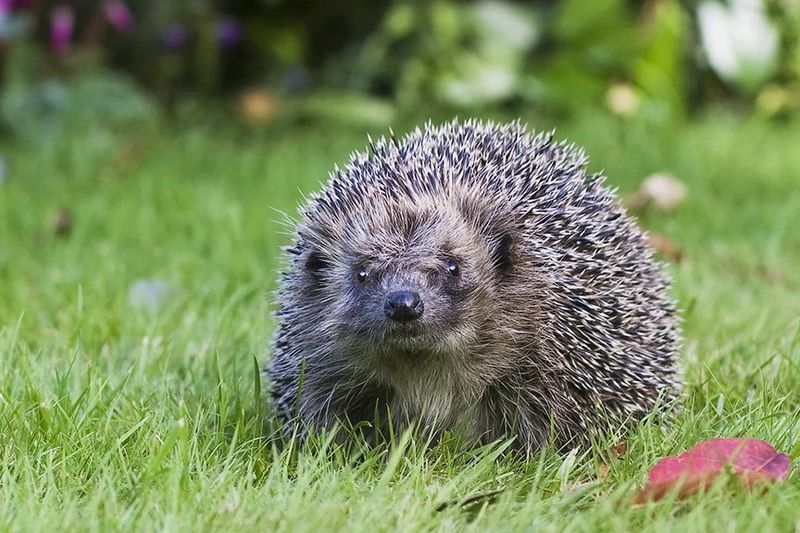
Rolling into tight balls at the first sign of danger, hedgehogs are nature’s prickly gardeners. These nocturnal creatures munch on slugs, beetles, and other pests that damage your plants.
Though they seem sturdy with those spines, hedgehogs are actually quite delicate. Human handling can cause them stress and introduce harmful oils from our skin onto their bodies. Their natural diet is specific, so feeding them can do more harm than good.
6. Chattering Squirrels
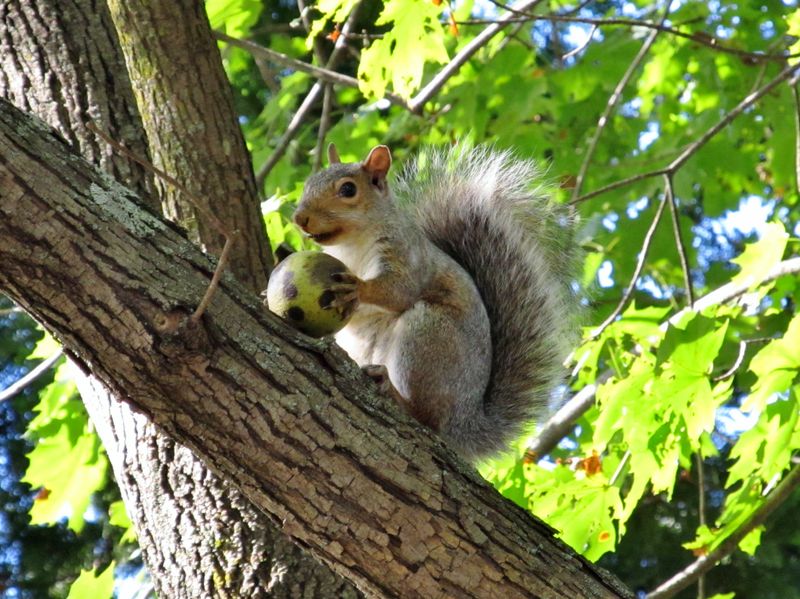
Masters of acrobatics, squirrels perform gravity-defying stunts across your yard while chattering away like tiny commentators. Their antics might seem like pure entertainment, but they’re actually busy planting future forests!
Many forgotten buried nuts become trees years later. Though they appear friendly, squirrels are wild animals that can bite when frightened. They may also carry fleas and ticks that could transfer to pets or humans.
7. Shy Opossum Visitors
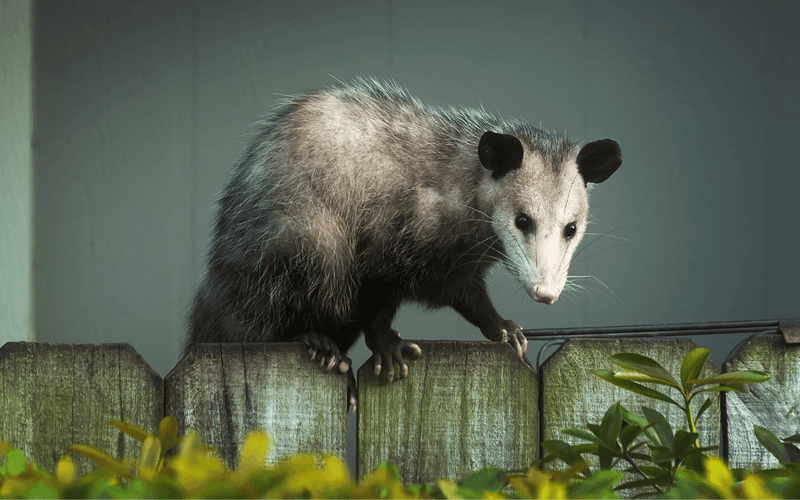
Looking like oversized rats with their pointy faces and naked tails, opossums often get a bad rap from homeowners. In reality, these misunderstood marsupials are walking pest control, consuming thousands of ticks each season!
Their famous “playing dead” trick happens involuntarily when they’re terrified. Despite their scary hiss and 50 teeth, opossums rarely bite and actually have a natural immunity to rabies. Just let them waddle by undisturbed.
8. Industrious Moles
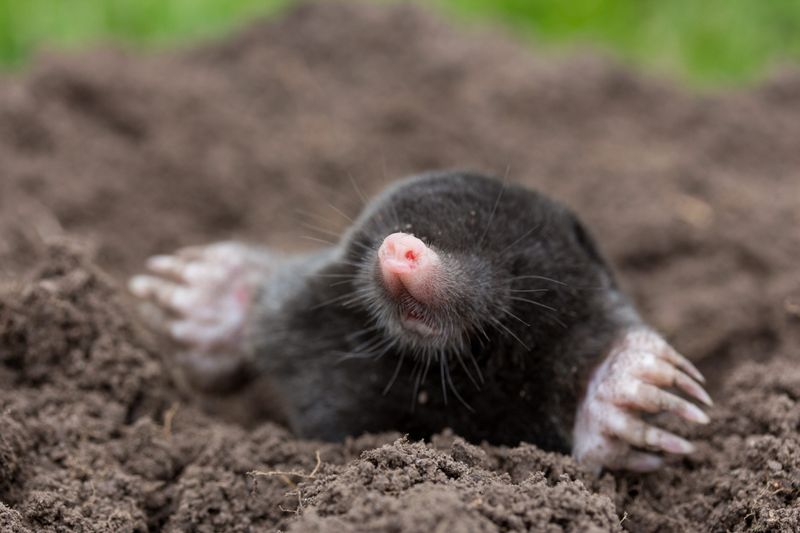
Beneath your lawn, tiny engineers are creating elaborate tunnel networks that might drive you crazy but actually aerate your soil. Moles aren’t after your plants – they’re hunting for grubs and worms.
Those velvety creatures spend 99% of their lives underground with specially adapted front paws for digging. Trying to remove them often fails and disrupts your yard even more. Their natural excavation improves soil drainage and plant root growth.
9. Buzzing Hummingbirds
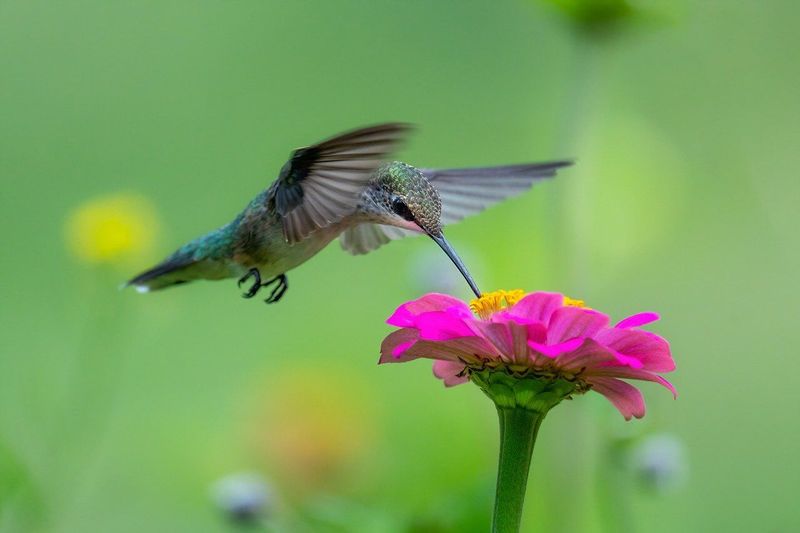
Flashing jewel-like colors as they zip around at speeds up to 60 mph, hummingbirds are aerial marvels that visit your garden flowers. Their wings beat so fast they create that distinctive humming sound!
These tiny birds have incredibly fast metabolisms requiring them to feed constantly. Attempting to catch or handle them can damage their delicate wings and feathers. Provide nectar feeders if you wish, but always admire these living gems from a respectful distance.
10. Helpful Garden Toads
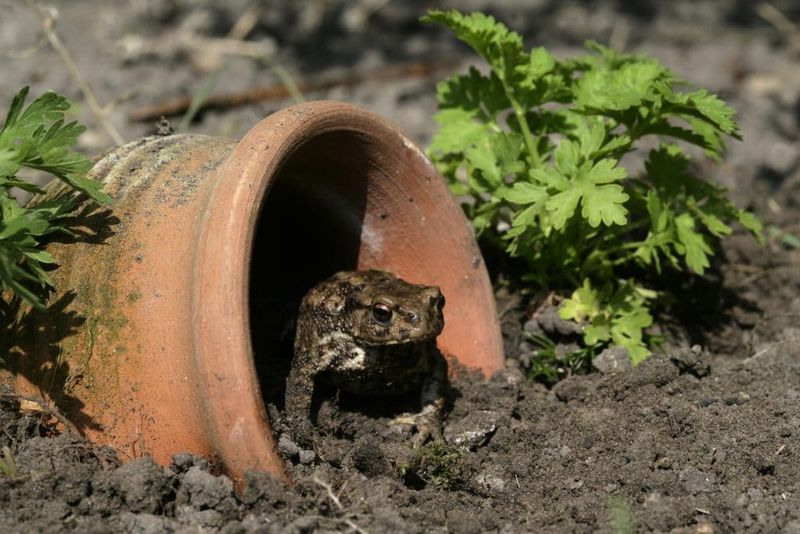
Warty-skinned garden guardians emerge at dusk, ready to feast on slugs, beetles, and other pests. A single toad can eat up to 10,000 insects in one summer season!
Despite old wives’ tales, touching toads won’t give you warts. However, they do secrete a mild toxin that can irritate your skin and eyes. These amphibians are sensitive to chemicals, so handling them with residue on your hands could harm them.
11. Wandering Box Turtles

Moving at their famously slow pace, box turtles with their hinged shells might wander through your yard on a seasonal journey. Some can live over 100 years in the wild if left undisturbed!
Each turtle has a mental map of its territory spanning several acres. Taking one home as a pet or moving it elsewhere can disorient it completely. Many die trying to find their way back to their familiar territory, so simply watch and let them pass.
12. Fierce Praying Mantises
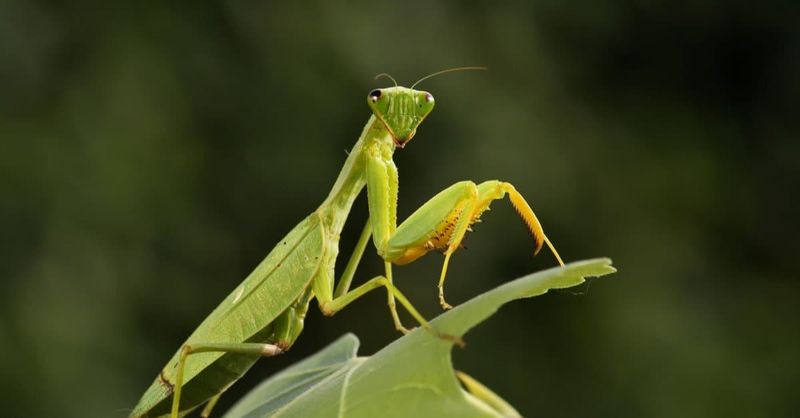
Looking like aliens with their triangular heads and front legs held in a prayer-like position, mantises are actually garden superheroes. These skilled hunters can rotate their heads 180 degrees to spot prey!
Female mantises sometimes eat their mates, but they’re completely harmless to humans. Their camouflage helps them ambush garden pests. Disturbing or relocating them reduces their effectiveness as natural pest controllers in your garden.
13. Tiny Jumping Spiders

Unlike their web-spinning cousins, these fuzzy little hunters with big forward-facing eyes actively stalk their prey across your garden. Their impressive jumps can cover distances up to 50 times their body length!
Jumping spiders are curious and might watch you with those expressive eyes. They’re not aggressive toward humans and their bites are extremely rare and harmless. These arachnids help control flies, mosquitoes, and other annoying insects naturally.
14. Secretive Shrews

Barely bigger than your thumb, these mouse-like mammals with pointed snouts are among the hungriest creatures on earth. Shrews must eat nearly their body weight daily or they’ll starve within hours!
Their metabolism runs so fast that their hearts beat up to 1,200 times per minute. Though rarely seen, these tiny predators help control garden pests. Their venomous saliva (rare among mammals) helps them paralyze prey larger than themselves.
15. Melodious Songbirds
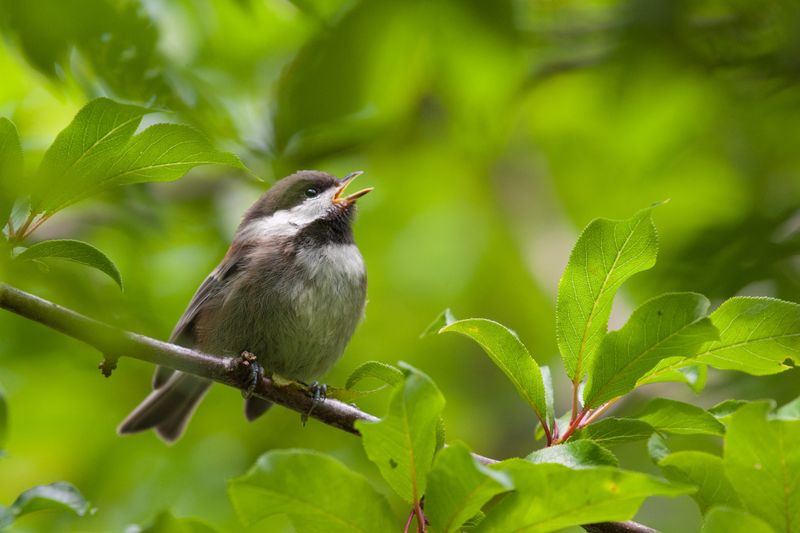
From cardinals to chickadees, the cheerful chorus that wakes you each morning comes from birds that do far more than sing. These feathered visitors help control insects and spread seeds that grow into new plants.
Baby birds that seem abandoned usually aren’t – parents are likely nearby watching. Human scent doesn’t cause rejection, but handling can injure delicate nestlings. If you find a fallen fledgling, it’s usually best to leave it be unless in immediate danger.




